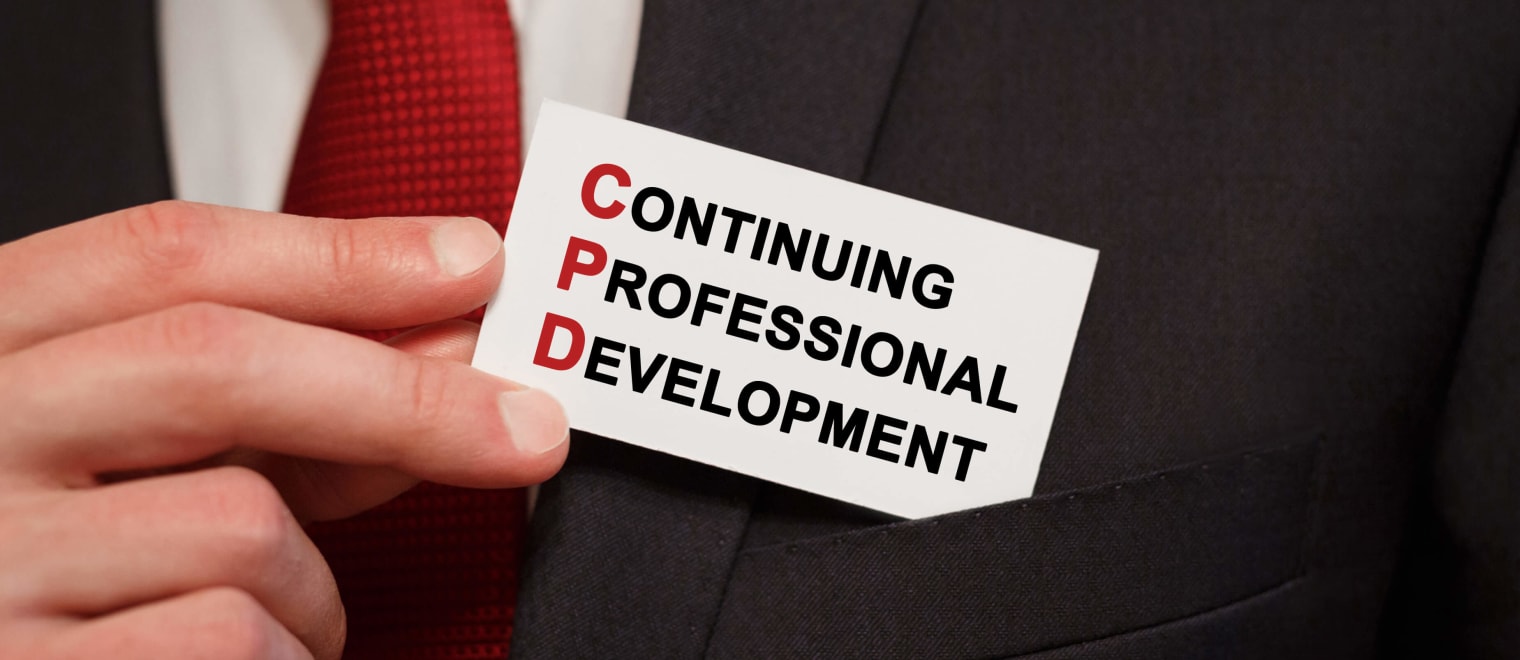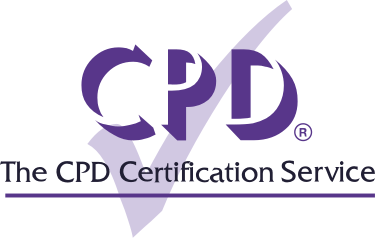Continuing Professional Development (CPD) is widely recognised as a powerful tool for personal growth and can serve as an essential way to demonstrate professional value to employers across all industries. This article explores how CPD differs from formal qualifications and highlights its significant benefits for career advancement and importance in the workplace.
What is Continuing Professional Development (CPD)?
CPD stands for Continuing Professional Development and is the term used to describe the learning activities individuals engage in to develop and enhance their abilities. It is a holistic approach towards the enhancement of personal skills and proficiency throughout a professional’s career.
At its core, CPD is about the individual and their commitment to ongoing lifelong learning. It encourages looking forward and identifying opportunities to learn something new, refresh existing knowledge, improve skills, or simply keep up to date with the latest developments within a particular profession or industry.
Is CPD a Qualification?
While Continuing Professional Development (CPD) differs in its role from qualifications such as degrees and diplomas, it’s fundamental for enhancing and complementing these educational pathways. To illustrate the differences, let's look at a comparison that highlights the core aspects of CPD and its key distinctions with other qualifications.
Comparison of CPD with other Qualifications
Purpose
- CPD: Focused on enhancing and updating skills within a profession, addressing specific professional development needs.
- Degrees: Aim to provide in-depth subject knowledge and foundational skills over a broad area.
- Diplomas: Focus on delivering focused vocational skills and knowledge for specific industries.
Duration
- CPD: Ongoing and flexible, allowing for Continuing Professional Development throughout a career.
- Degrees: Typically require 3-4 years for undergraduate programs and 1-2 years for postgraduate studies.
- Diplomas: Usually last 1-2 years, concentrating on practical and industry-specific skills.
Format
- CPD: Includes workshops, seminars, online courses, and self-study, often tailored to specific professional needs.
- Degrees: Structured courses, lectures, and exams within a university setting.
- Diplomas: Combination of courses and practical training, with assessments tailored to vocational skills.
Assessment
- CPD: May include participation-based evaluations or completion of learning activities without formal exams.
- Degrees: Involve rigorous exams, coursework, and often a dissertation or thesis.
- Diplomas: Typically require passing exams and practical assessments relevant to the vocational field.
Outcomes
- CPD: Results in professional development, skill updates, and potential career advancement.
- Degrees: Lead to degree certification, providing a comprehensive knowledge base and entry into professional fields.
- Diplomas: Result in a diploma certification, equipping individuals with industry-specific skills.
Professional Impact
- CPD: Essential for maintaining relevance and competency in professional fields, often required for continued licensure or membership in professional bodies.
- Degrees: Qualify individuals for a range of professional roles, providing broad and deep expertise.
- Diplomas: Prepare individuals for specific vocational roles within industries.















